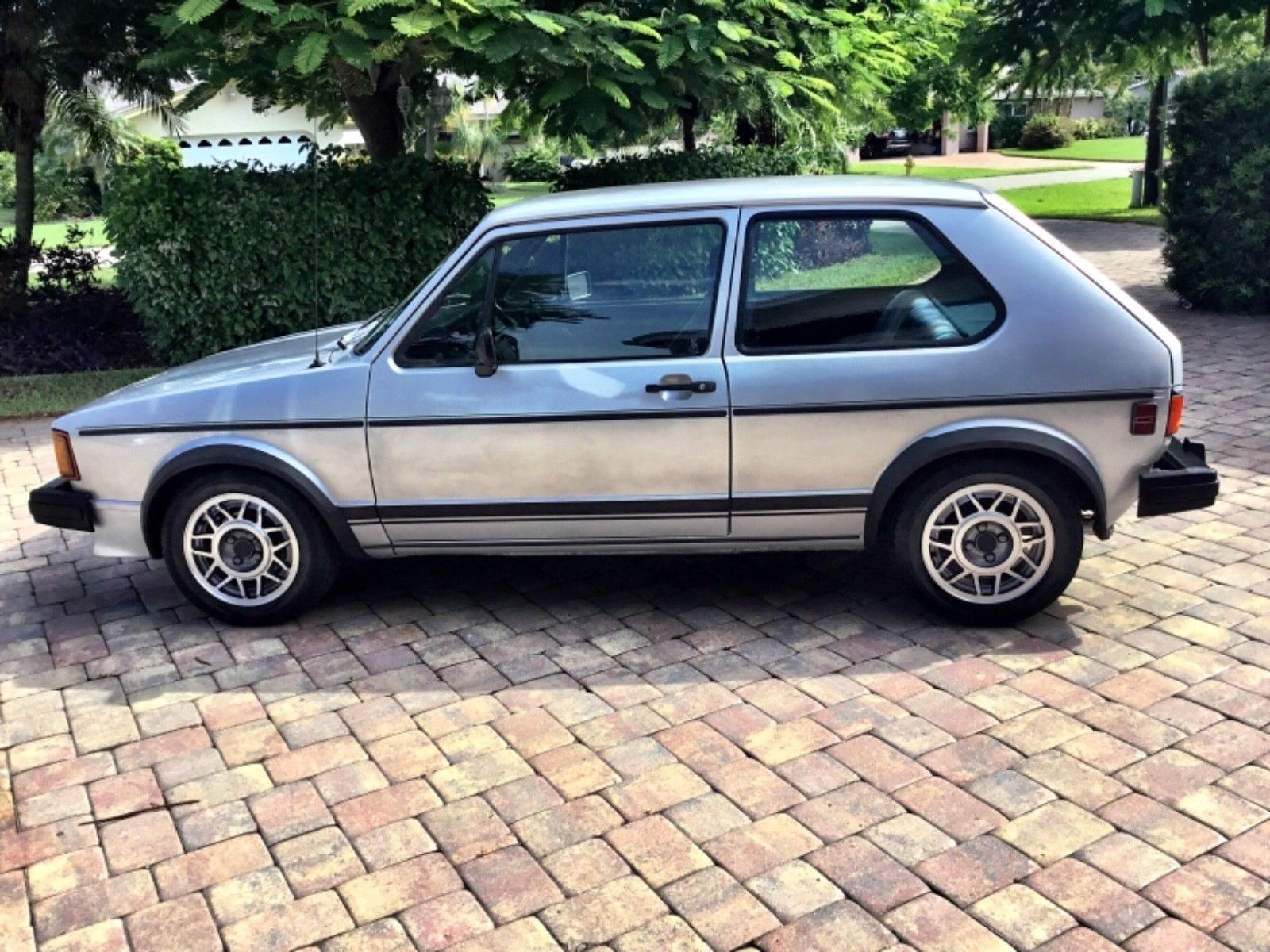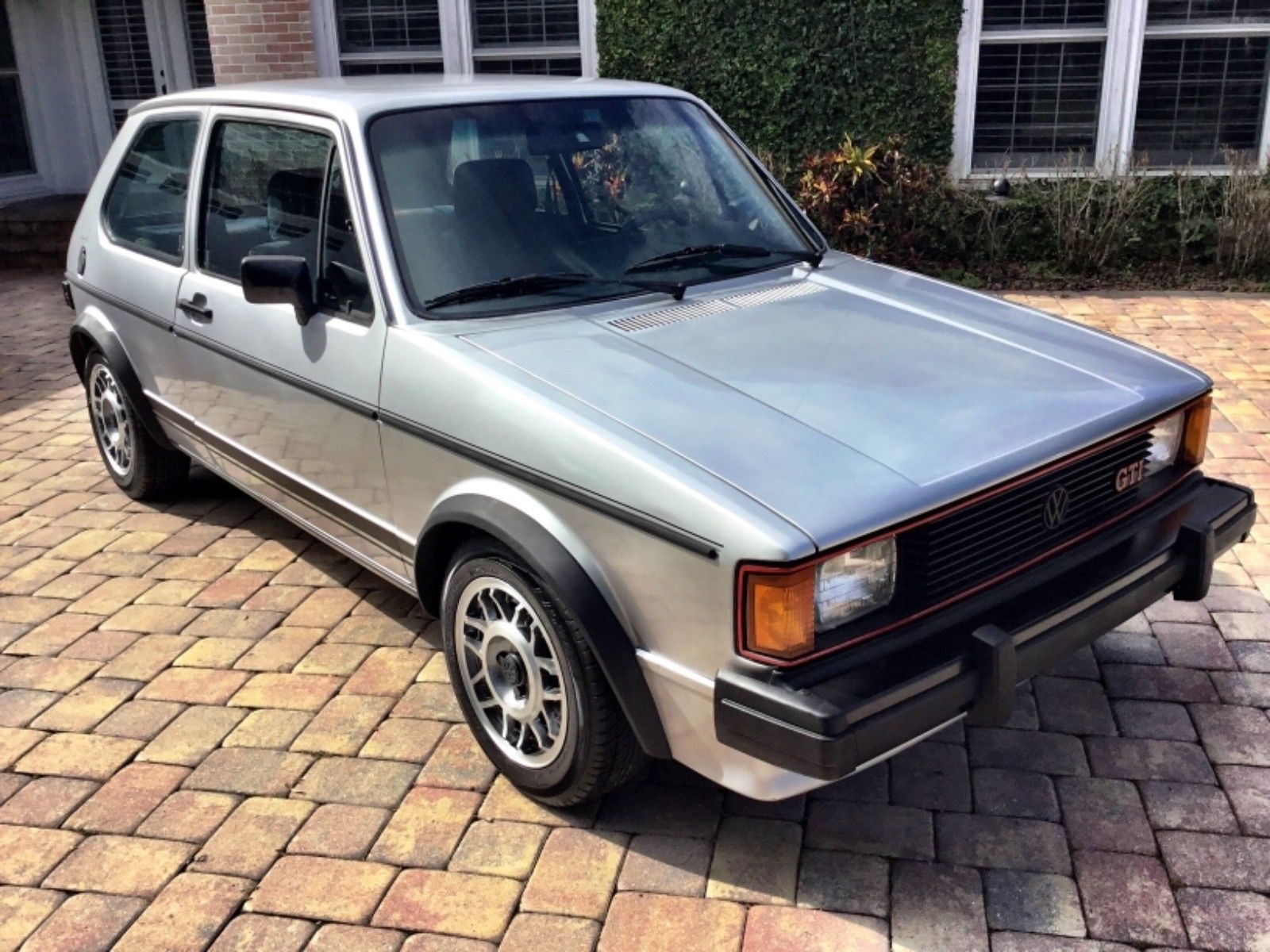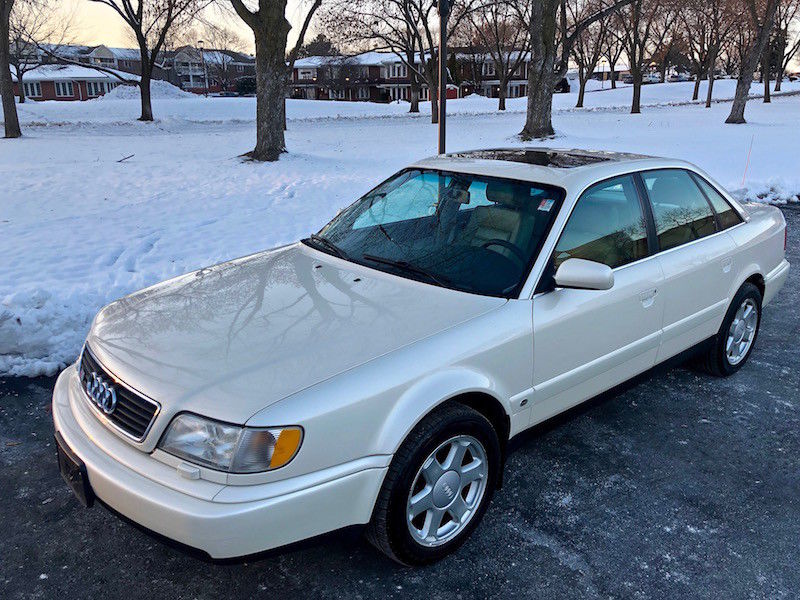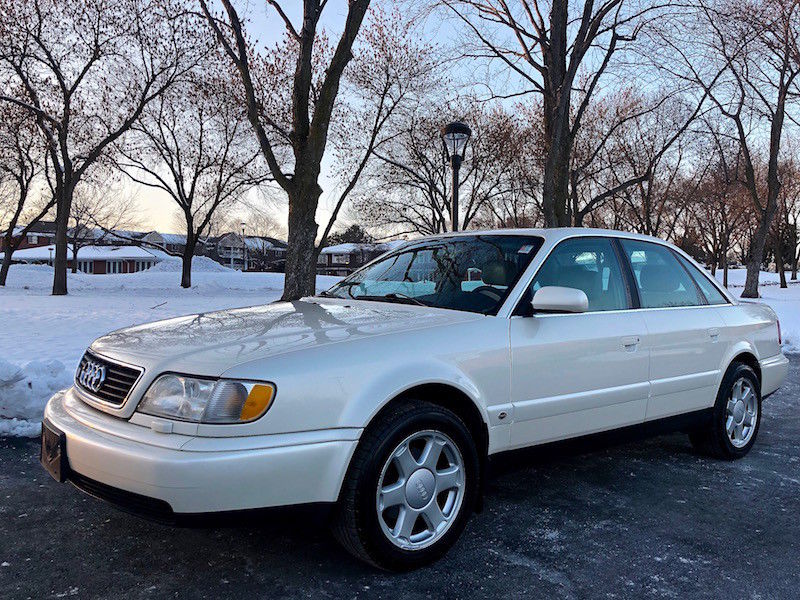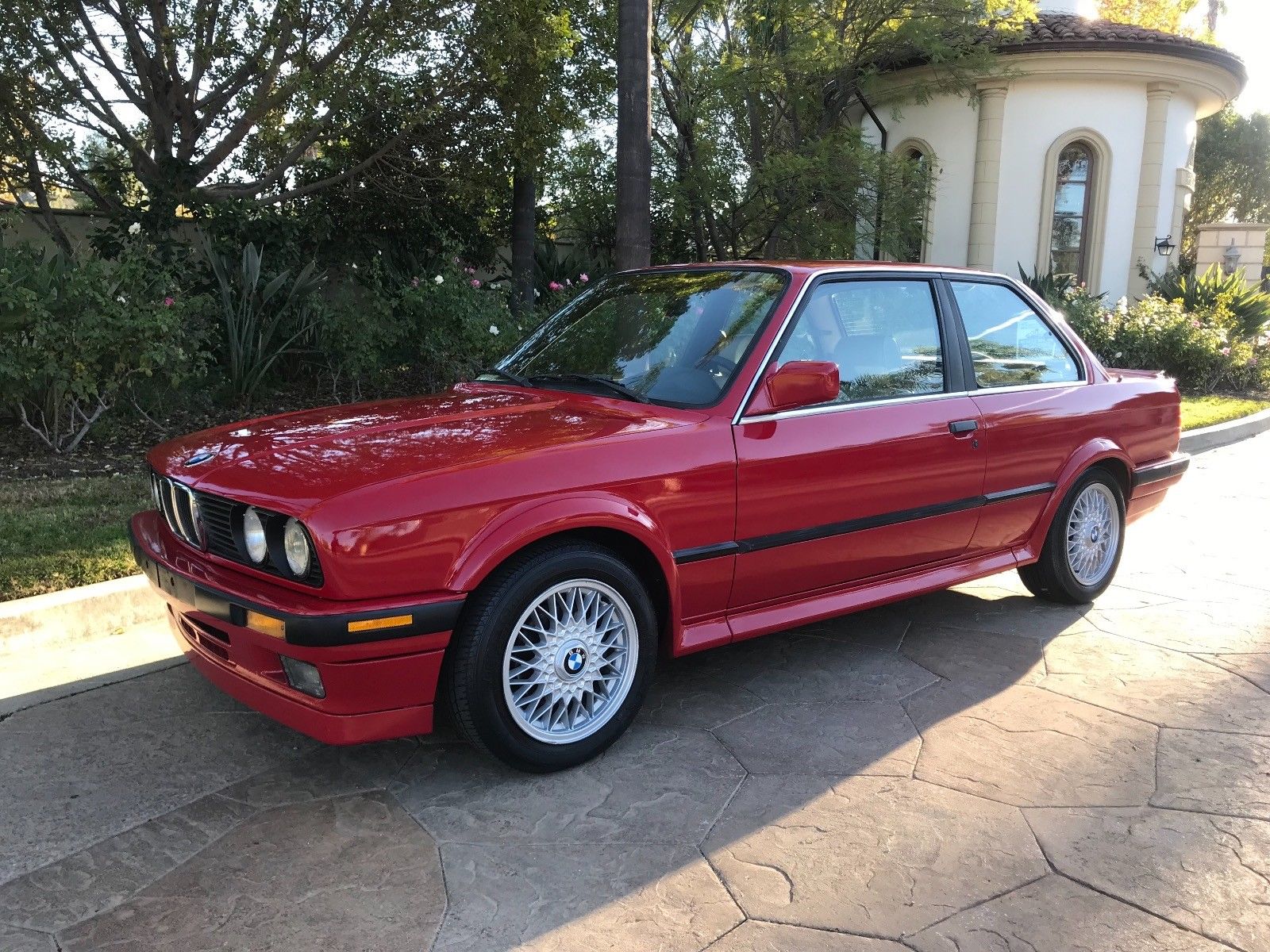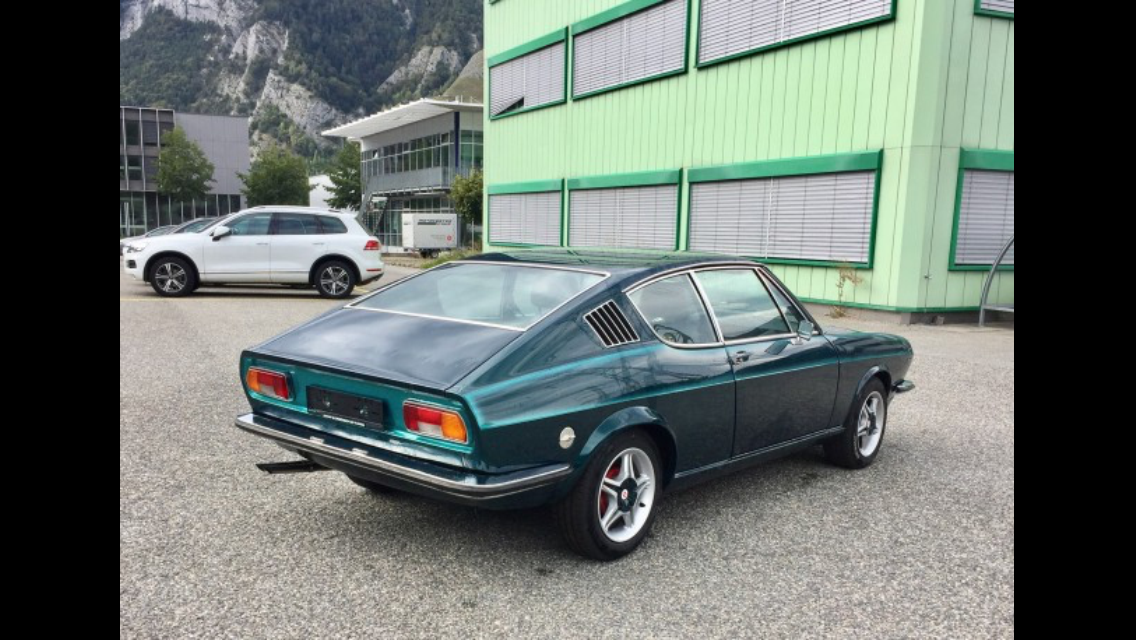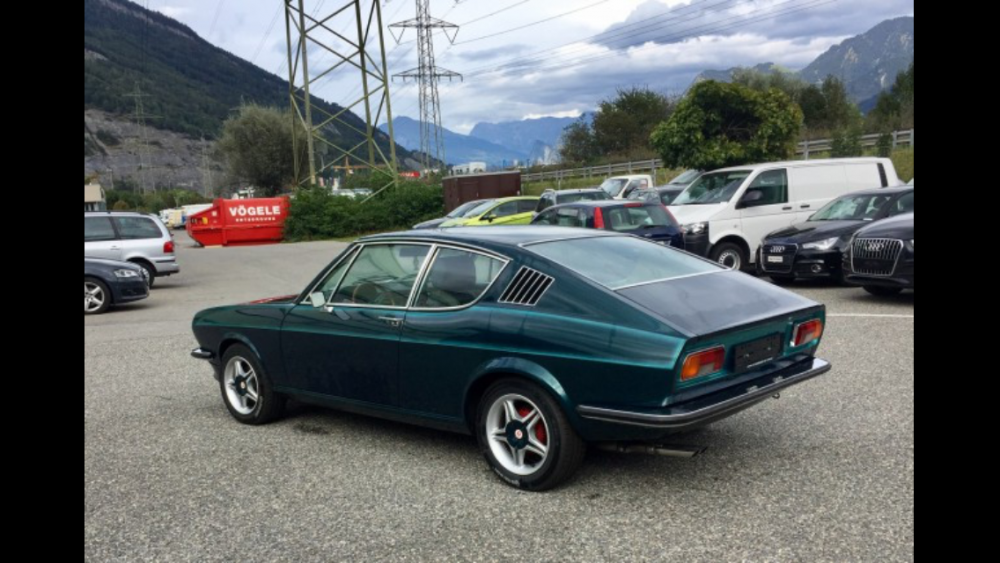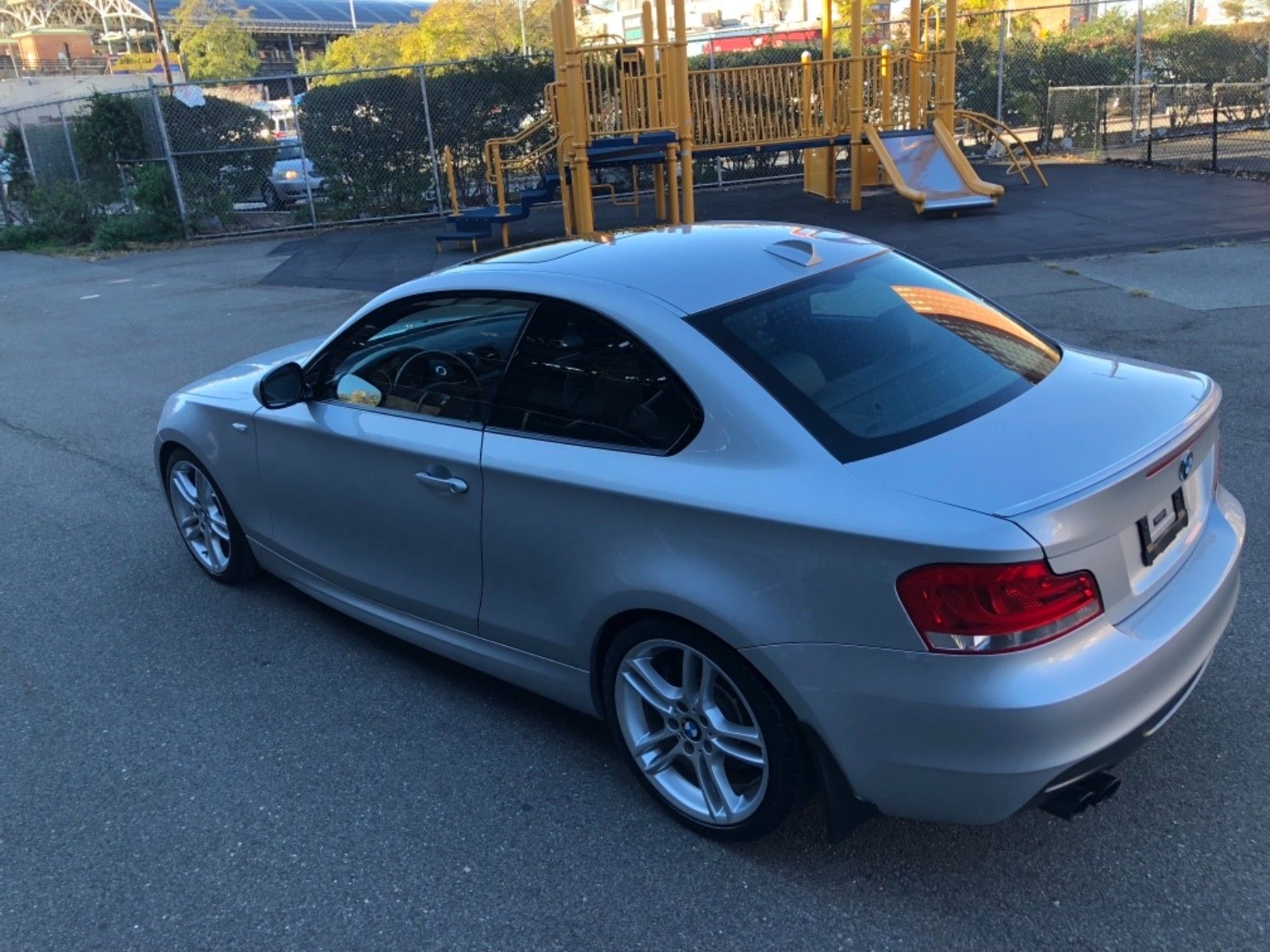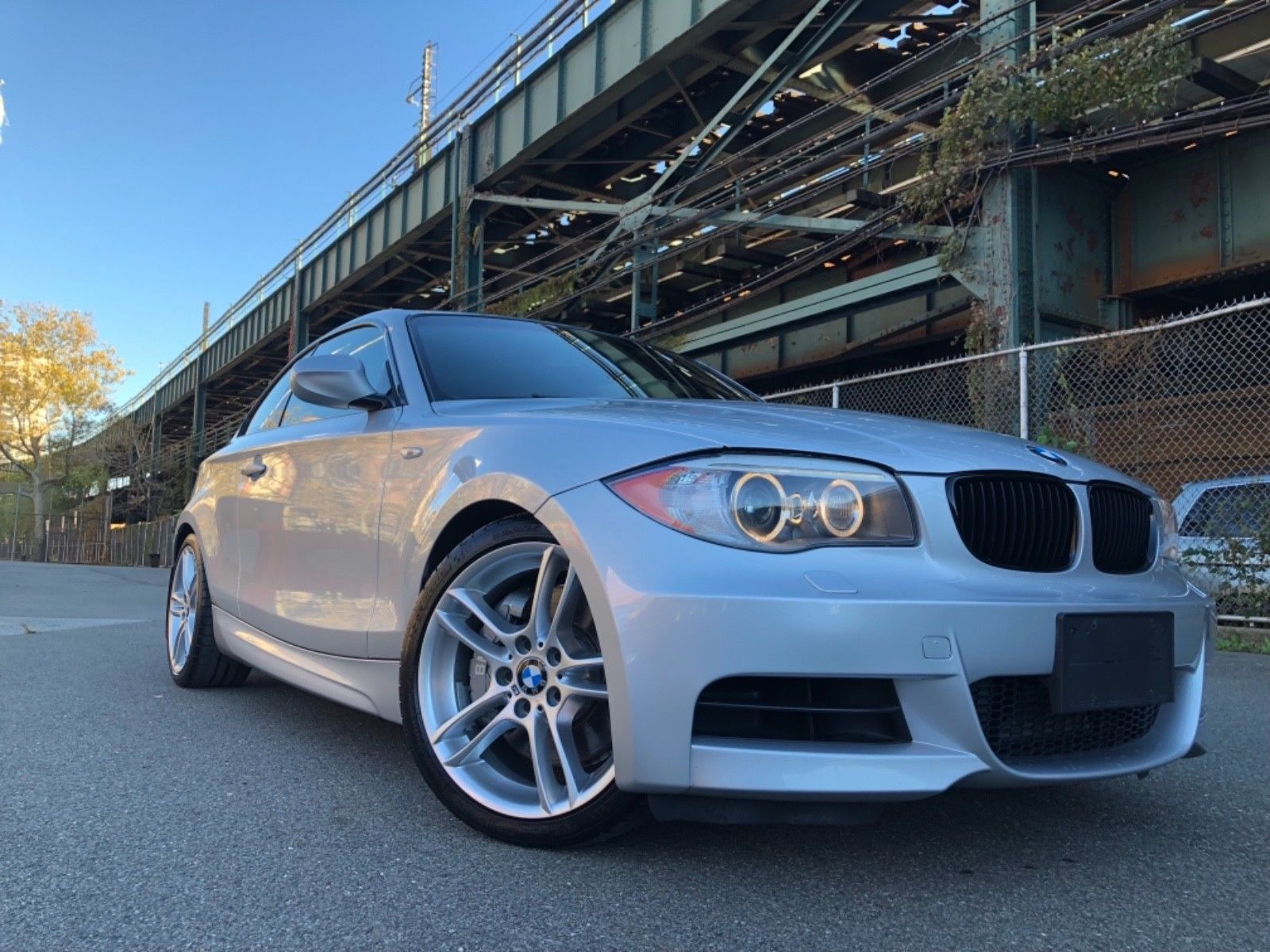I’m back with another “Which would you buy?” scenario, but this one is quite a bit different from the twin S6s I took a peek at over the weekend. Today I’m looking at two very different 80s icons – the GTI and the Porsche 944. In their own right, both were also 80s film stars – the Porsche 944 in John Hughes Sixteen Candles, while the A1 Volkswagen appeared topless in nearly every other movie – most notably, ‘The Coreys’ License to Drive. Today’s subjects are higher performance, driver-oriented examples, and like last time both fall into driver-quality examples. Yet while the performance and original sticker prices of these cars is quite far apart, today in the market they’re not only within reach of budget-minded enthusiasts, but also they’re in direct competition with each other. So which would you score?
Author: Carter
I’ve been accused of ignoring the E30 325ix. True enough, I’ve flatly declared that I’m much more an Audi fan from the period. But the BMW was a pretty interesting development from Munich, and as these are still market darlings, it’s certainly worth taking a look.
While BMW wouldn’t launch the U.S. spec ix until 1988, Europeans were introduced to the concept in 1986. Unlike Audi’s quattro system which utilized a rearward driveshaft tacked on to a front-wheel drive transmission output shaft, BMW mated a transfer case and two viscous couplings, which effectively were front and rear limited-slips. This was very different from Audi’s contemporaneous system, which relied on the driver to lock the rear and center differentials that were otherwise open. The 325ix was able to be mated to an automatic transmission long before Audi would do so in the small chassis. BMW’s system was also more rearward biased, with 67% of the power being sent to the back wheels. While still more prone to understeer than a standard 325i, it was less so than the Audi.
Then, of course, there was the power difference. Because of suspension and other changes between the front-drive and quattro Audis, the system added about 225 lbs to the curb weight, while BMW claimed the ix system added around 150 lbs. Since both cars made use of otherwise standard engines, the advantage was again with the BMW. The M20B25 cranked out nearly 170 horsepower, some 40 more than the NG 2.3 inline-5 shared in the 80/90 quattros. The only real external differences between the 325i and 325ix were the addition of the color-matched fender flares and rear spoiler, slightly higher ride height and 15″ BBS mesh wheels, and the simple addition of one “x” behind the normal designation. Weren’t times so much more simple?
CLICK FOR DETAILS: 1989 BMW 325ix on eBay
2 CommentsWere it not for the four rings on the front, it would be pretty easy to mistake the Audi 100 Coupe S for any number of other late 1960s – early 1970s GT cars. There’s a loose resemblance to the the second generation Mustang, for example, but a much stronger link to cars like the Datsun B210 and original Toyota Celica. Too pedestrian for you? How about the Fiat Dino, Jensen Interceptor, Ferrari 365 GTB/4 and Aston Martin DBS? Indeed, there were many coupes that shared the relative same profile in this era, though truth be told it’s not likely that you’ll mistake the Audi for a Ferrari once the curves beckon. Underneath, the Coupe S was – after all – a C1 Audi, not known to be the best drivers out there but good cars on the highway. With 113 horsepower, even with the 4-speed manual you won’t win any drag races. However, it’s a sharp looking and rarely seen classic, with only a handful in the Western Hemisphere (there are 5 known in the U.S., for example, since they were never imported). That makes this Audi even more rare to see on these shores than a Sport Quattro, for argument’s sake. Though it’s not as desirable, there is nonetheless a fanbase that love these very pretty early Coupes:
